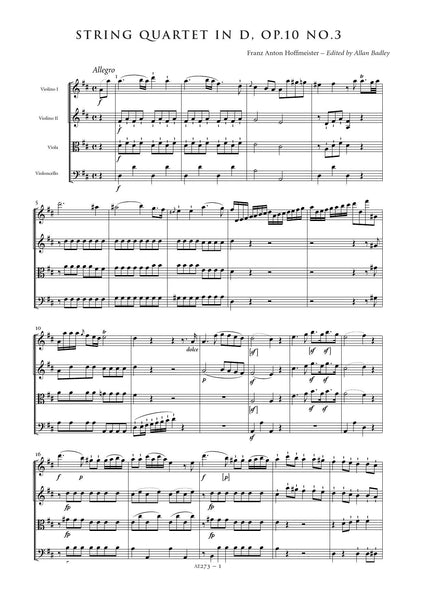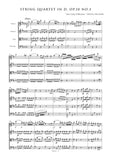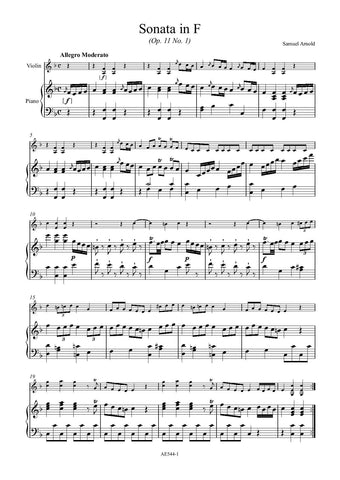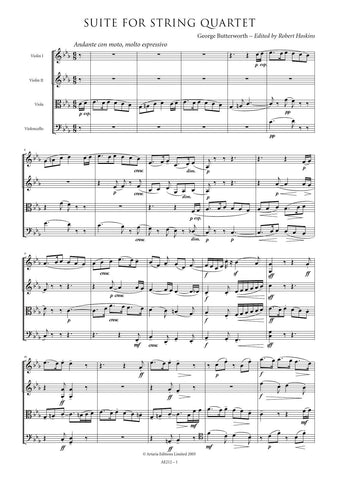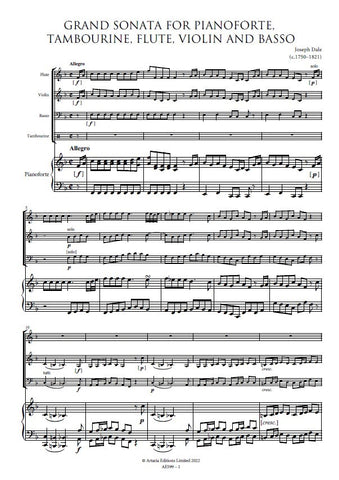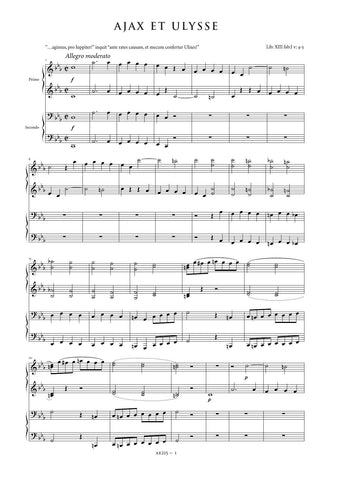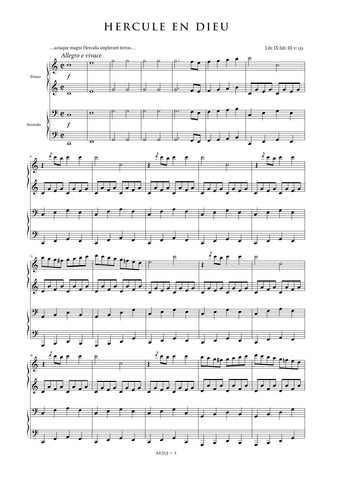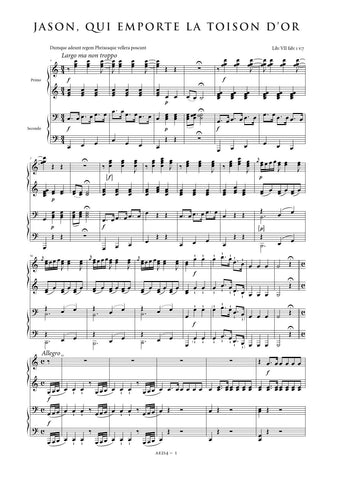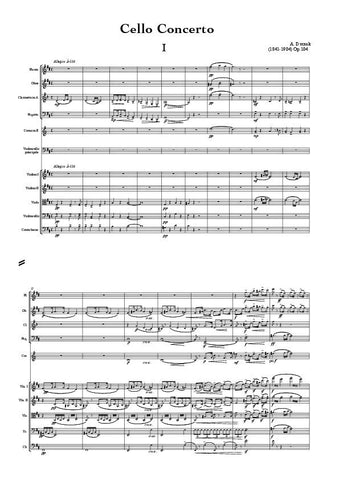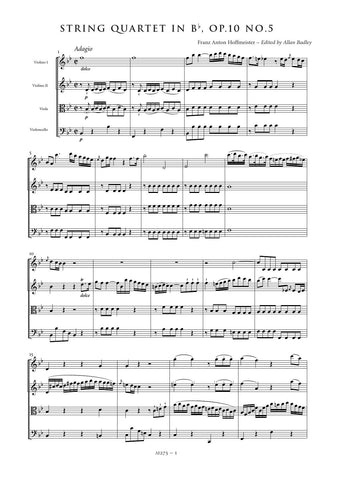Details
|
According to Roger Hickman Hoffmeister composed and published 34 string quartets between 1781 and 1806. The six Op.10 quartets were issued in Vienna by Torricella ca 1783. Christoph Torricella had arrived from Switzerland in the early 1770s and set himself up as an engraver and importer of musical editions. From 1781 onwards he began to issue his own editions including works by Haydn and Hoffmeister. The business did not flourish and by 1784 he was in serious financial difficulties. Torricella sold most of his remaining stock to Artaria in 1786 and thereafter ceased to trade. Ironically, it was Hoffmeister's growing success as a publisher which finally sounded the death knell for Torricella's enterprise.By the time Hoffmeister published this set of quartets he was already an experienced composer in the medium. Breitkopf advertised the Op.10 quartets, erroneously described as Op.9, along with a further 18 quartets, including the Op.7 set, in its thematic catalogue for the years 1782-1784 (Supp. XV). The Op.10 Quartets were dedicated to Monsieur Lazare de Somssich, described on the title page of Torricella's edition as "Secraitair du Cons. Roal locum tentential d'Hongrie a Presburg". Although modest in scope and emotional depth, all six works reveal Hoffmeister as a craftsman of refined sensibilities. They show a clear grasp of the conversational style of the genre familiar to us from the quartets of his great compatriot Haydn and in their beautiful scoring and easy lyricism a certain kinship with those of Mozart. This equality of part-writing is clearly alluded to in the works' original designation as Quatuors Concertantes and indeed Hoffmeister does share important thematic material between all four instruments.More impressive, however, is the manner in which he handles the non-melodic role of the lower parts, investing them with a myriad of interesting musical details.
While not quite as imposing as the later Op.14 Quartets the present works are uniformly strong and together comprise an attractive and imaginatively structured set. Unlike the mature quartets of Haydn and Mozart these works favour a three movement cycle - and in one case, a pair of movements in the same key - over what is now seen as the four-movement norm. The six works were clearly conceived as a set and do not represent a haphazard grouping of compositions in the same genre. This is immediately apparent in the use of progressive tonalities to establish the internal order of the works in the set - C G D F B flat E flat - and, in spite of their obvious stylistic and technical similarities, in their variety of musical styles and structures. Three of the works style the slow movement Romance; four employ a Rondeau finale. One work, Op.10 No.5, opens with a slow movement and has only one other movement, an unheralded Rondeau, which includes an episode in a different meter. The two most unconventional movements are perhaps the finales of Op.10 No.3 and Op.10 No.6. The first of these is headed 'Menuettino" and consists of a binary theme, in the manner of a minuet, followed by three binary form episodes - the first beginning in the dominant and ending the tonic, the second in the parallel minor and the third in the tonic. A fourth episode cadences at the halfway mark in the relative minor before launching itself into an extended coda. The finale of Op.10 No.6, the two-movement, quartet is even stranger. It has something of the feel of a set of theme and variations except that each of the binary form 'variations' bears only a passing resemblance to the opening theme and does not adhere to the same underlying harmonic and tonal plan. There are, however, some organic links between sections and the repetition of the opening 'theme' at the end of the movements lends a nice sense of symmetry to this enterprising finale.
The present edition is based on a copy of Torricella's print preserved in the library of the Gesellschaft der Musikfreunde, Steyr (M.S.30380). Torricella's print is a little slipshod in places, particularly in the placement of articulation marks and dynamics.Where these are confusing the editor has standardized the markings in the interests of clarity. Applied markings are indicated by the use of dotted slurs and brackets where appropriate. Obvious wrong notes have been corrected without comment; editorial emendations with no authority from the source are placed within brackets.
Dianne James
Allan Badley
|




